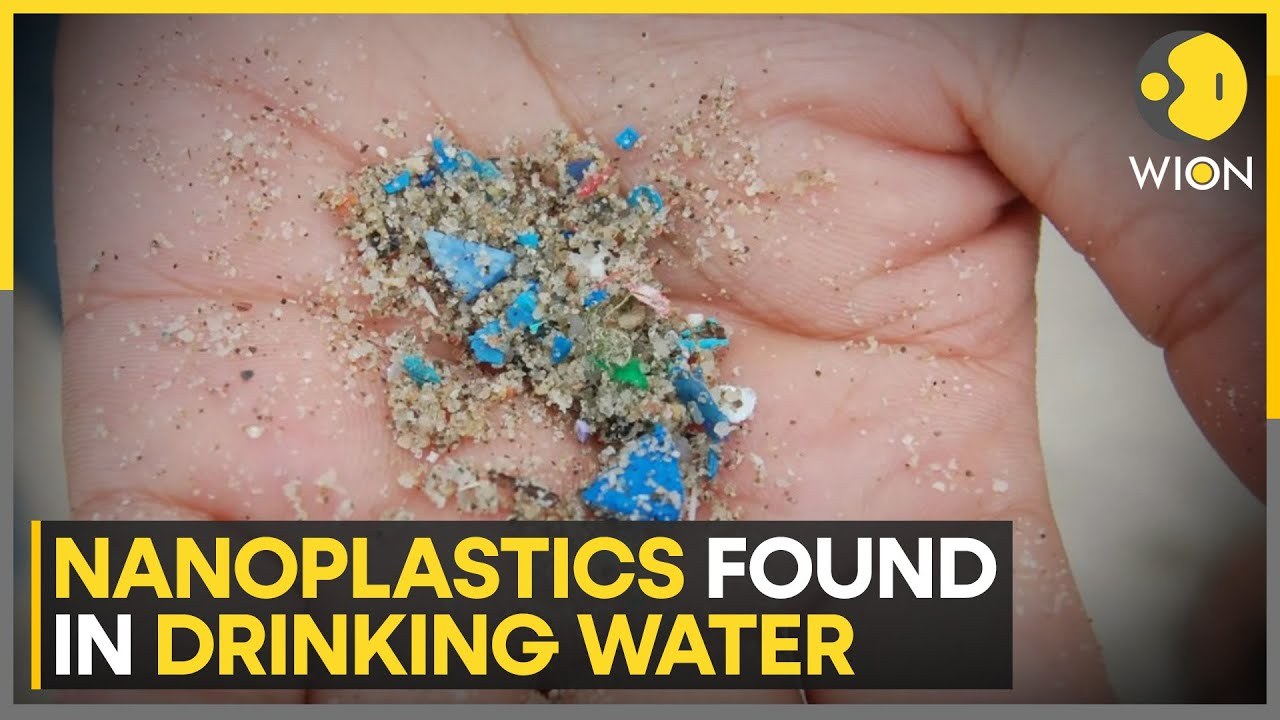
* Researchers developed an imaging technique that detected thousands of tiny bits of plastic in common single-use bottles of water. The technique can help to shed light on the presence and impact of extremely small particles called nanoplastics, which are widespread but poorly understood.
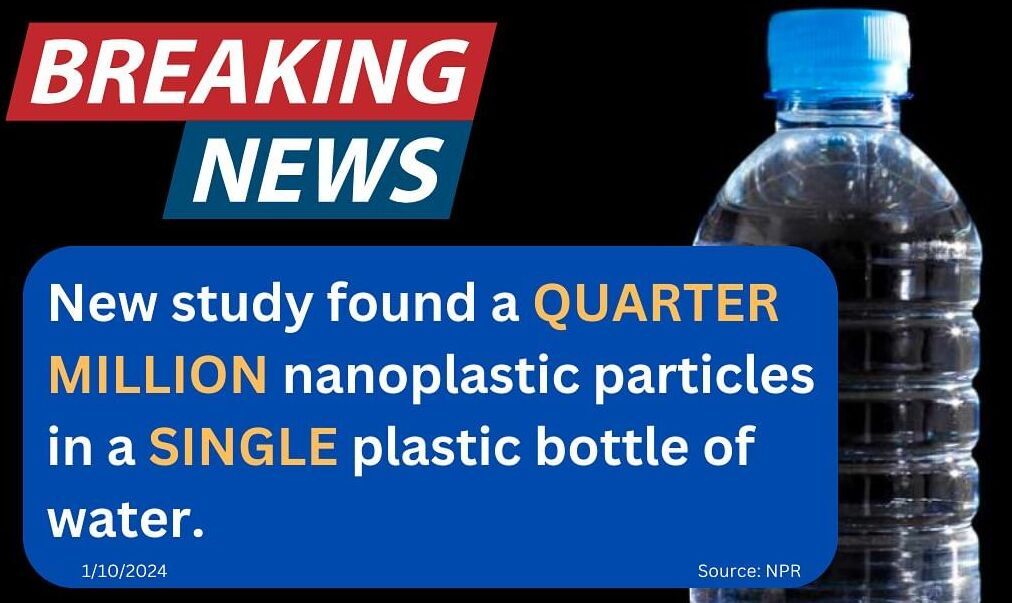
Nanoplastics pose a greater threat to human health than microplastics.
Scientists say that they are small enough to penetrate human cells enter the bloodstream and impact organs nanoplastics are also known to pass through the placenta into the bodies of unborn babies.
Scientists have long suspected the presence of plastic Nano particles in bottled water but they lack the technology to identify them to overcome this scientists invented a new microscopy technique and programmed a data driven algorithm to analyze bottled water for the presence of nanoplastic.
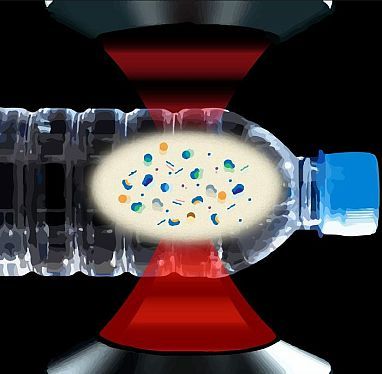

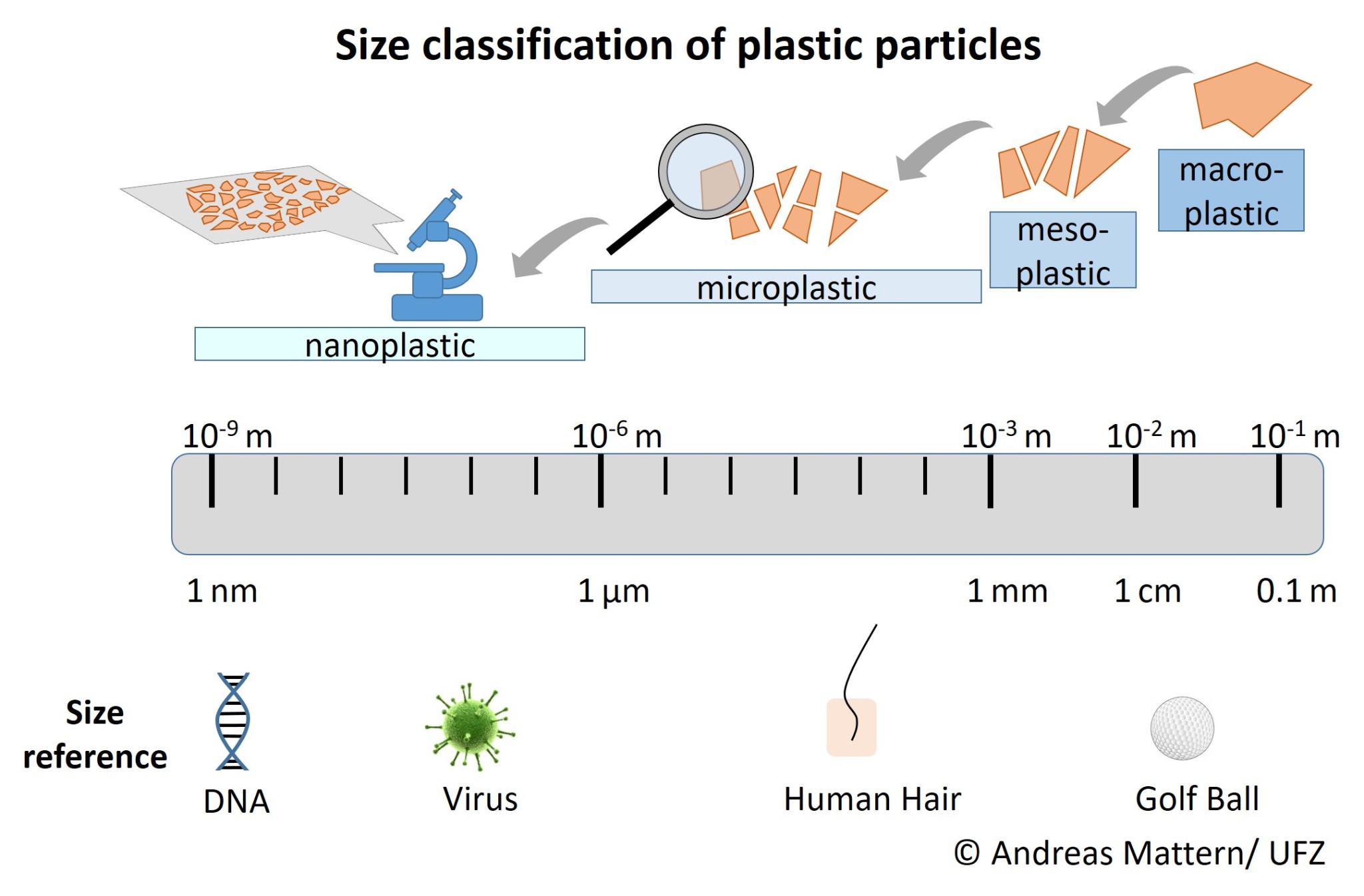
Previous research has found evidence of plastic particles in human blood, lungs, gut, feces, and reproductive tissues like the placenta and testes. But the potential health effects of these tiny plastic bits are still unproven and unknown. The small size of nanoparticles has made them especially difficult to detect and study.
To gain more insight into nanoplastics, a research team led by Drs. Wei Min and Beizhan Yan of Columbia University modified a powerful imaging technique that Min co-invented 15 years ago with NIH support. The technique, called stimulated Raman scattering (SRS) microscopy, is now widely used to visualize small molecules in living cells. The method works by focusing two laser beams on samples to stimulate certain molecules to emit unique detectable light signals. Unlike many other methods, SRS microscopy does not depend on labeling specific molecules to find them.
For the new study, which was supported by NIH, the researchers developed a new SRS approach to detect micro- and nanoplastics at the single-particle level. After confirming that the technique could rapidly spot plastic particles smaller than 1 μm, they developed an algorithm based on machine learning to detect seven common types of plastic.
To test their new high-throughput imaging platform, the team analyzed the micro- and nanoplastics in three popular brands of bottled water. Results were reported on January 8, 2024, in the Proceedings of the National Academy of Sciences.
The researchers found that, on average, a liter of bottled water included about 240,000 tiny pieces of plastic. About 90% of these plastic fragments were nanoplastics. This total was 10 to 100 times more plastic particles than seen in earlier studies, which mostly focused on larger microplastics.
The water contained particles of all seven types of plastic. The most common was polyamide, a type of nylon that’s often used to help filter and purify water. An abundance of polyethylene terephthalate (PET) was also detected. This might be expected, since PET is used to make bottles for water, soda, and many other drinks and foods. Other identified plastics included polyvinyl chloride, polymethyl methacrylate, and polystyrene, which is also used in water purification. The method identified millions of additional particles that did not match the seven categories of plastic. It’s not yet clear if these tiny particles are nanoplastics or other substances.
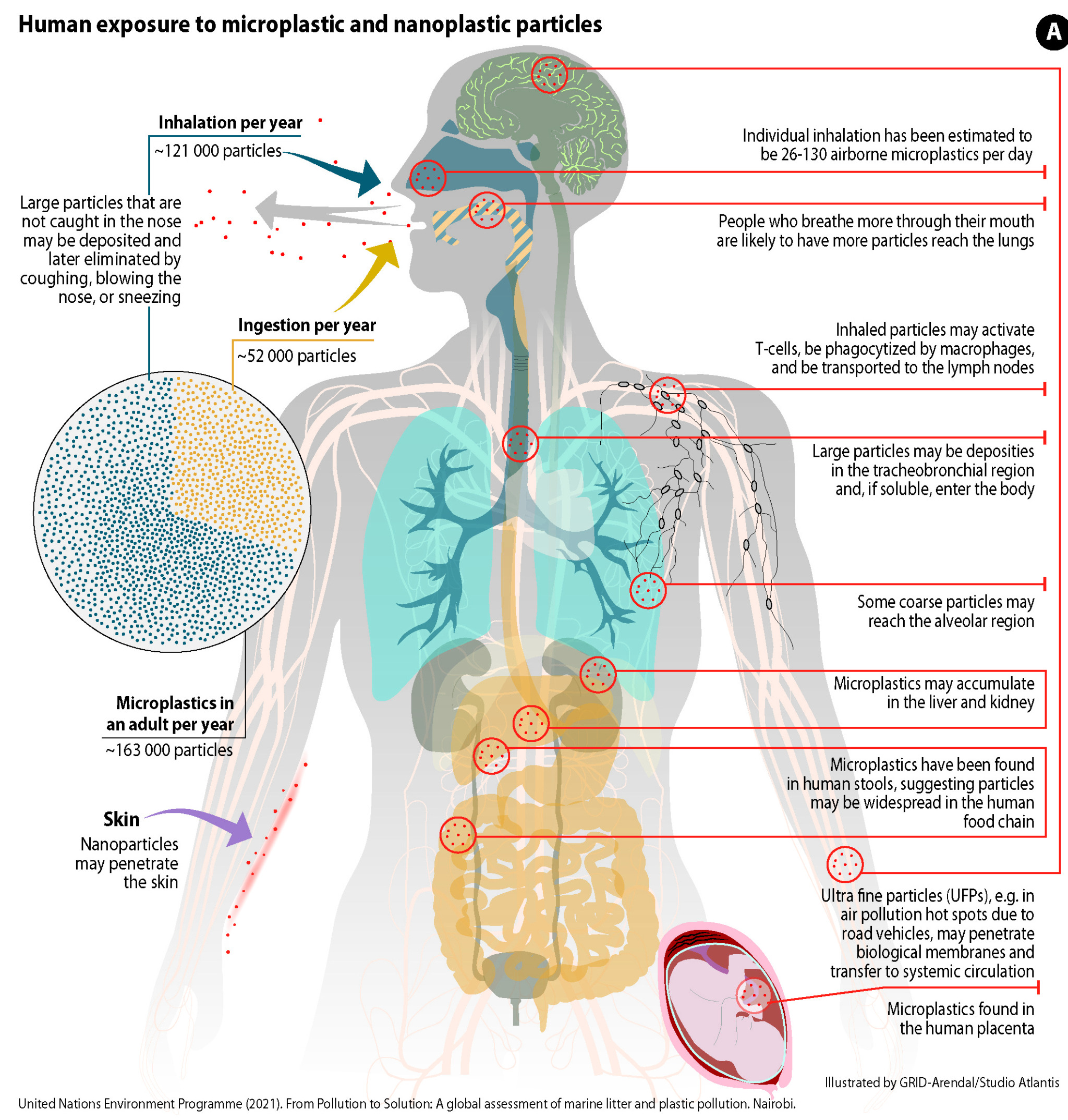

* Study Links Synthetic Chemicals to Liver Damage
* Dietary Fats Influence Endoplasmic Reticulum Membrane
* Technique Distinguishes Brain Tumors at the Margins
* Bisphenol A Blocks Growth of Brain Connections in Monkeys
* Kids Environment: Plastics
* Microplastics Research: Sum of Our Exposures Studied by Grantee
* Nanoparticles Inhaled During Pregnancy Can Infiltrate Fetal Tissues
* A Guide to Plastic in the Ocean (NOAA)(link is external)


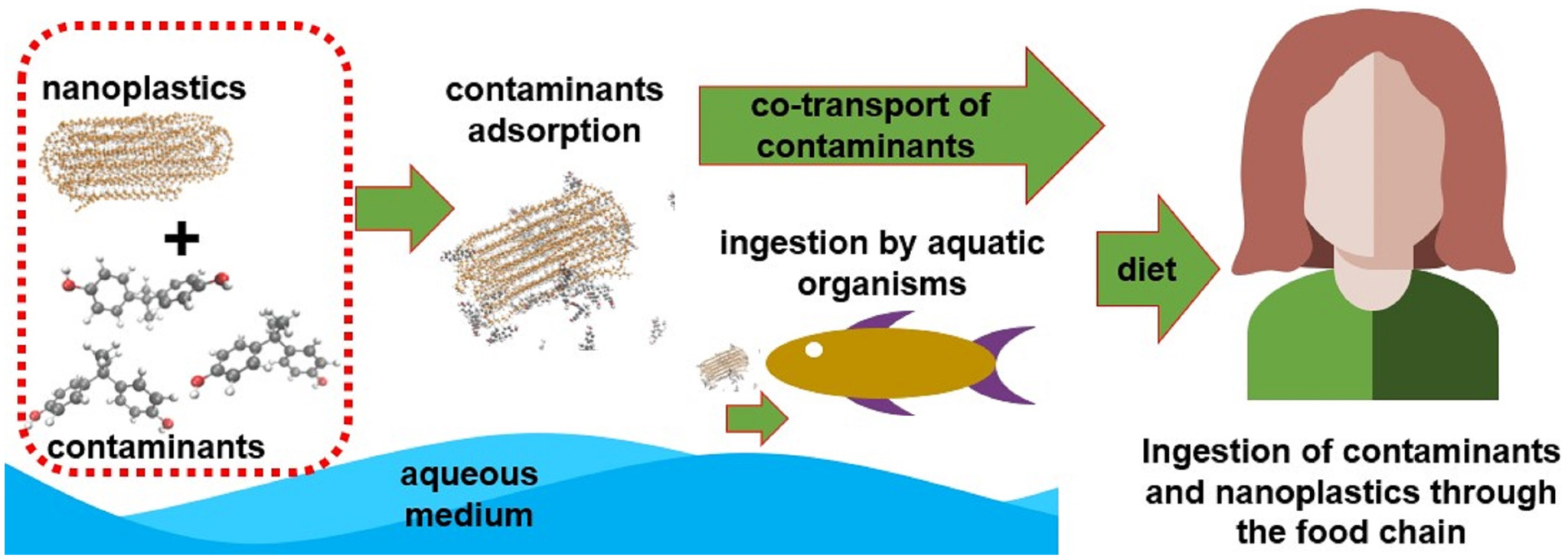


.gif)
No comments:
Post a Comment